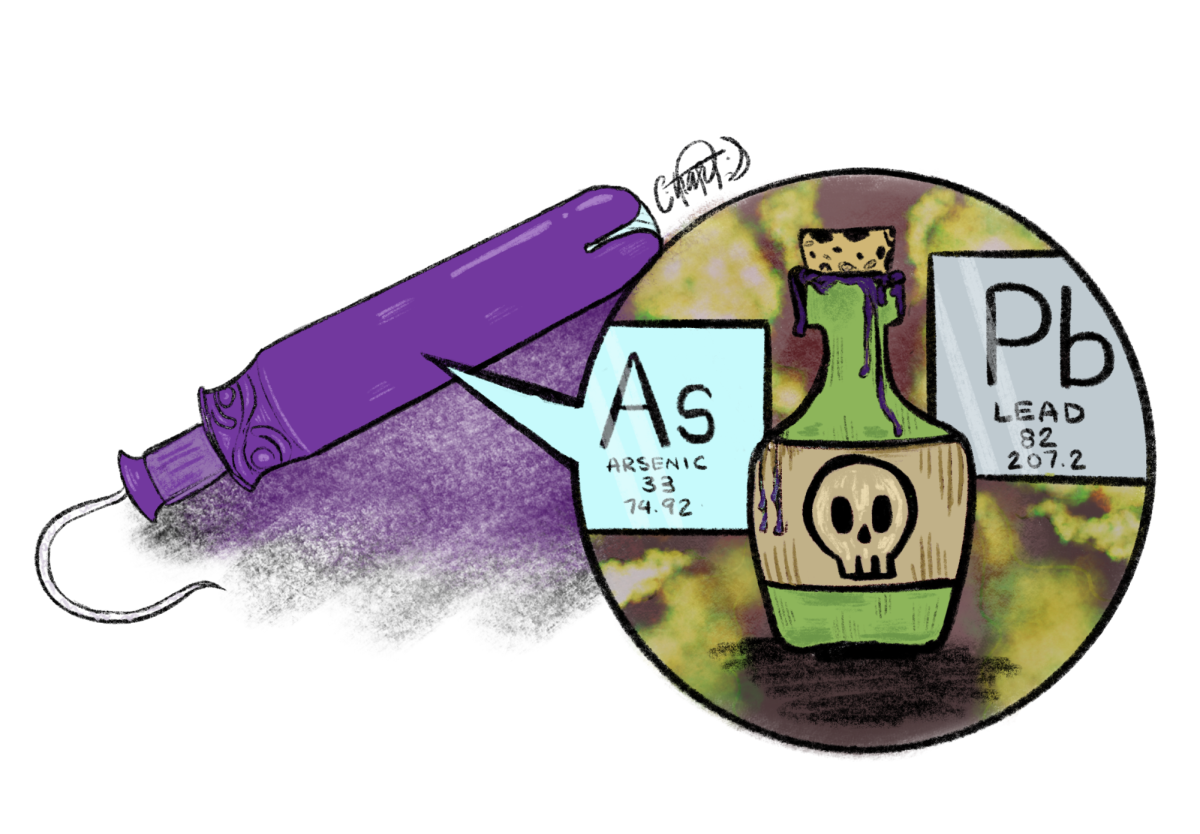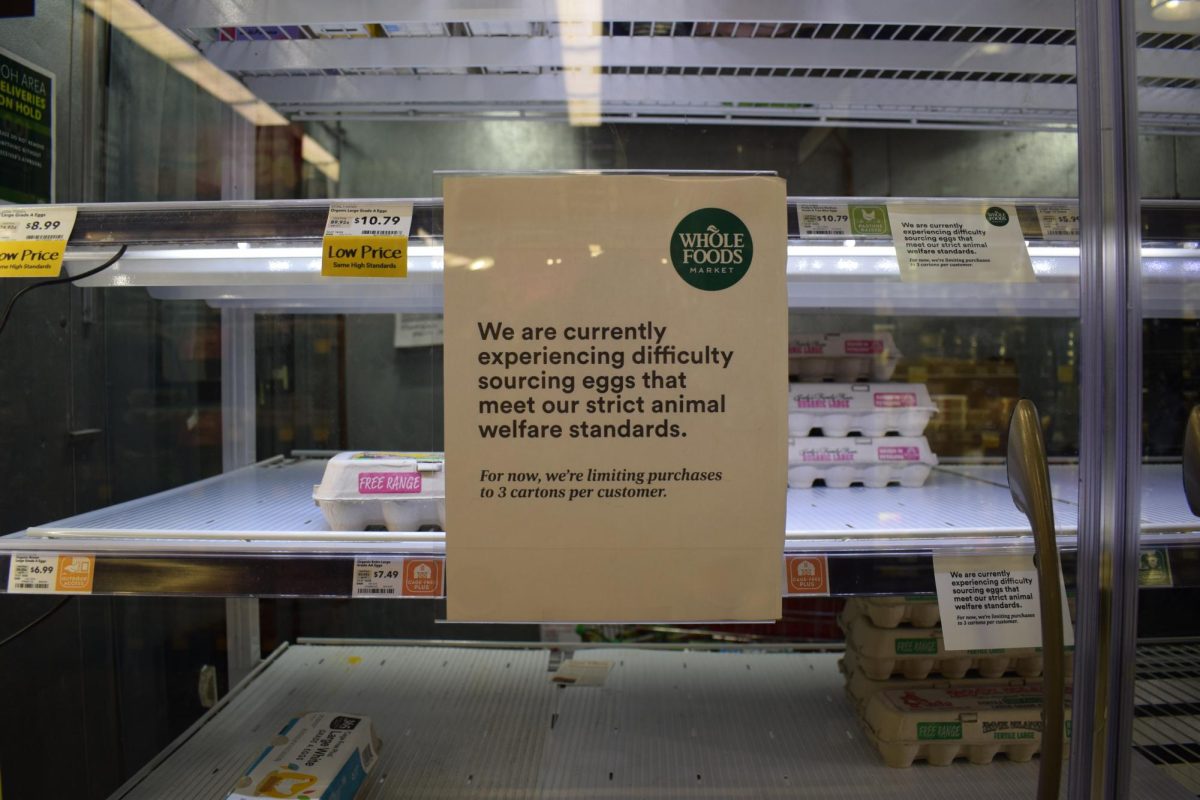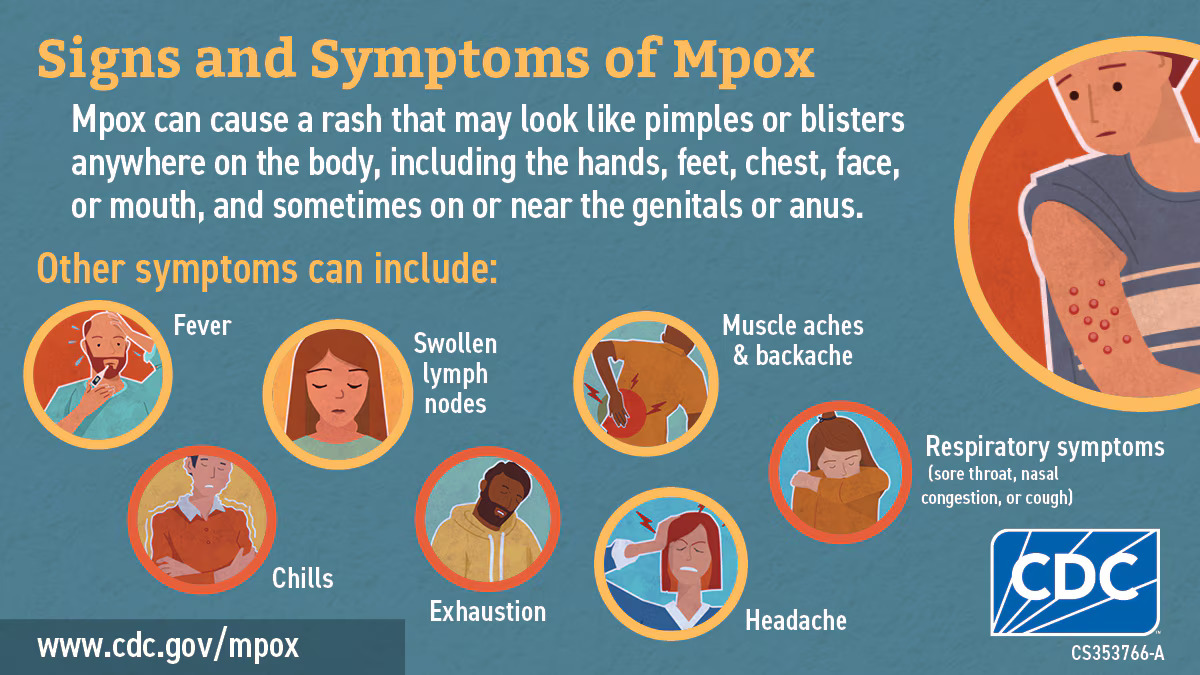Researchers have detected ‘measurable concentrations‘ of lead, arsenic, and 14 other metals in 30 tampon products from 14 top brands sold across the United States, United Kingdom, and European Union.
Every single brand contained concentrations of the metals. In response, the FDA has launched an independent review to determine its potential risks.
While none of the 30 products individually contained all 16 metals, all of the 16 substances were detected across the board. Lead was found in 100 percent of the tampons, which tested at an elevated mean concentration of 120 parts per billion–24 times higher than the limit acceptable for bottled drinking water. Non-organic tampons contained higher levels of lead while organic ones contained higher levels of arsenic.
While such substances are linked to cardiovascular, gastrointestinal, neurological, reproductive, renal, and respiratory health complications, the researchers behind the study caution against panicking. They acknowledge that there is not enough current research to determine whether it is a health concern.
Julia Stricker-Ballisteri, a Chemistry teacher at Riordan, said “Not all metals are bad. Some of those [metals] listed are actually vital micronutrients our bodies need but…we don’t want to get them via tampons.”
However, she added that “…for heavy metals [like lead and arsenic] it is always going to be better to keep them hella far away from our bodies. It is not worth the risk.”
Roughly 80 percent of women in the US use tampons, meaning this affects around 130 million women and girls. The Democratic Women’s Caucus wrote a letter to the FDA asking them to investigate after the study was published. The agency will test whether the metals actually release when it’s being used (the study only detected its presence), if it absorbs into the vaginal lining, and if it gets into the bloodstream.
The source of heavy metals in such products are hard to trace. During manufacturing, it’s possible that it’s introduced when whitening, anti-microbial, and odor reducing agents are added. It could also be a source issue, where cotton plants accumulated lead and arsenic from contaminated pesticides, fertilizers, or pollution.
Amanda Gruda ’25 said, “If you’re going to be producing tampons, they should be more cautious of what materials are being used and what could possibly contaminate it…if it’s something as dangerous as lead they should be on high alert
The study, published in the August issue of Environmental International, is the first to assess levels of toxic metals in tampons.
Women’s healthcare is severely underfunded and under researched. Advocates hope that studies like these will shine a much-needed light on subjects that impact women and girls.
Ana Hernandez ’25 said, “It’s very disappointing as a woman.”







